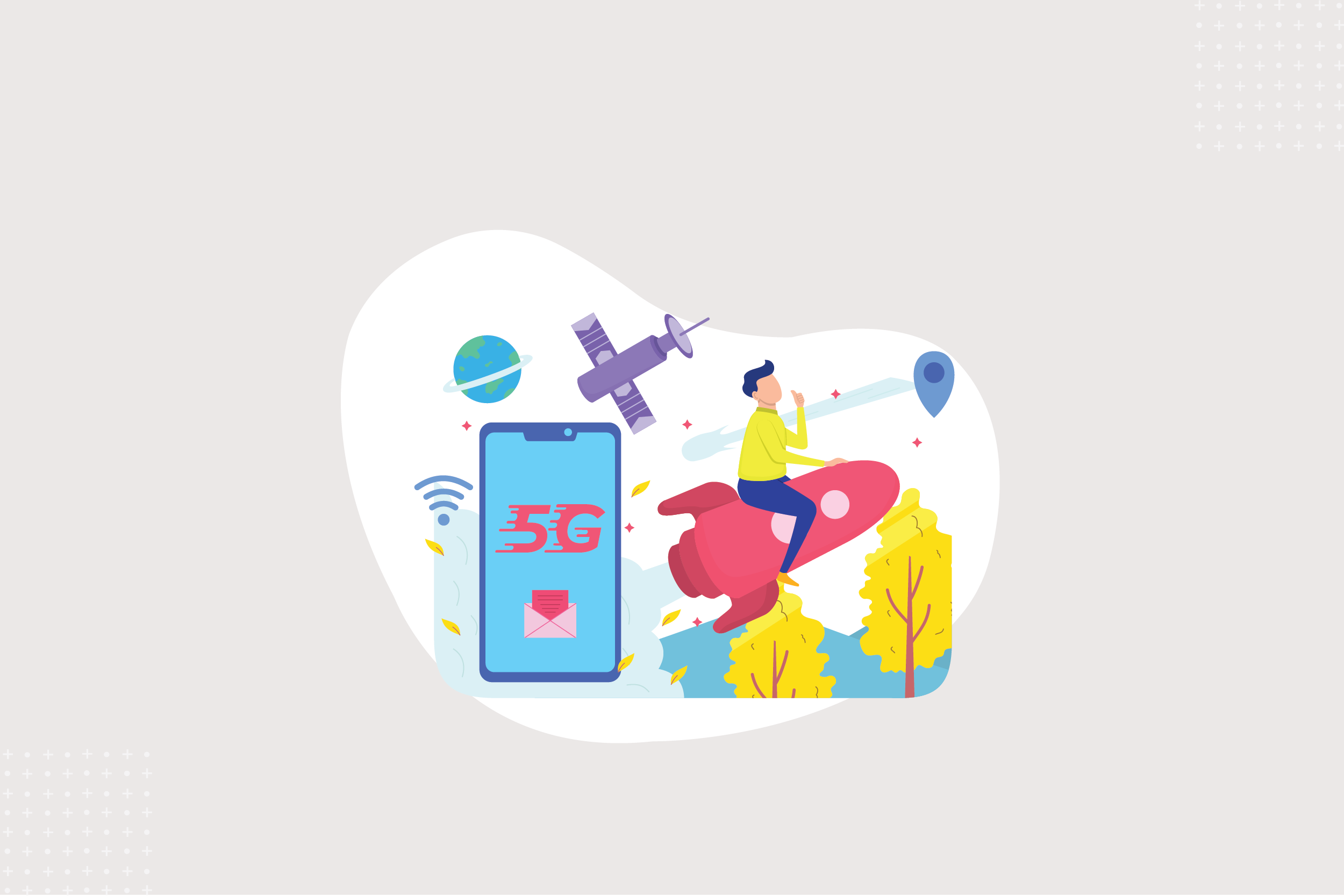The Internet of Things (IoT) is permeating every aspect of human life, transforming business operations and customer interactions. However, it will truly mature with the addition of edge computing and 5G. Low latency, high bandwidth, and localised computing capabilities will enable IoT edge computing to transform industries as diverse as retail, healthcare, and manufacturing.
The best option for accelerating time-to-value and increasing project ROI is to use unified solutions from industry partners.
Internet of Things (IoT) and mobile edge computing
The integration of IoT and edge computing is extremely potent. However, these two technological systems were not always so intertwined.
What exactly is IoT?
The IoT is a network of smart devices and sensors linked to one another and, traditionally, cloud-based data centres, often via a mobile application-based user interface. The data that flows through these tiny computers and into the cloud for storage, security, and analysis can be used in various applications.
There are two major business benefits: increased operational efficiency and improved customer experience. For example, consider IoT sensors, tyre pressure monitors, and temperature gauges on delivery trucks to assist logistics providers in ensuring goods are transported as quickly and safely as possible without compromising their quality. Or smart insulin pumps that can mimic the pancreas’s behaviour to keep glucose levels stable in people with diabetes.
Although there are numerous connectivity options in the IoT world, such as Zigbee, a low-power wide-area network (LPWAN), radio-frequency identification (RFID), and even Bluetooth, cellular is the preferred option for many use cases. This is particularly true for Internet of Things (IoT) solutions that require mobility, low power, and ultra-low latency, like streaming video and connected vehicles. Moreover, the upcoming 5G era is expected to further improve the cellular proposition by supporting high loads of up to one million devices/square kilometre.
The edge computing difference
The Internet of Things (IoT) is one of the most exciting opportunities for edge computing to shine. Its development in recent years has been focused on this specific domain. The goal is to deploy compute and cloud capabilities at the network edge so that IoT data does not have to travel as far as to be processed. It can then be transmitted to users’ mobile devices and IoT endpoints via 5G. This is ideal for solutions that require ultra-low latency connections, such as AI, AR, and VR, as it allows them to be lightning-fast and responsive.
Here are the key differences between IoT edge computing and regular (non-edge) IoT systems:
- Massive bandwidth: This allows many low-cost, low-energy IoT edge computing devices to be supported. Smart cities, metering, and fleet management are large IoT use cases.
- Edge computing improves availability and security by bringing the cloud to remote locations and providing local processing and storage.
- Reduced network traffic: IoT data is processed at the network edge to reduce traffic and costs.
- Lightweight devices: Computing requirements are removed from the device and moved to the edge, enabling a new era of low-cost, low-energy devices such as VR-AR headsets.
Organisations in every industry can use IoT to drive innovative new business outcomes, thanks to the power of 5G edge computing. Among the many examples are:
A retailer could benefit from low-latency and high-performance benefits by using lightweight AR-VR headsets to demonstrate products to customers, increasing sales while not overburdening its Wi-Fi networks.
Wearable biometric sensors and smart cameras could be installed on staff by a manufacturer. Because of the system’s local data processing and fast 5G, safety issues are flagged in near-real-time, preventing workplace injuries and increasing productivity and operational efficiency.
How am I going to get there?
It’s no surprise that these capabilities are propelling edge computing’s rapid growth: The global market is likely to expand at a compound annual growth rate of nearly 20% by the end of 2025, reaching more than $8.8 billion. However, developing IoT edge capabilities will necessitate extensive planning. Environments necessitate a complex interplay of networks, servers, software, and devices.
Edge computing devices like edge routers, sensors, actuators, and gateways are critical pieces of hardware in the Internet of Things. They connect different networks and may also collect, process, and store data at the network’s edge. In addition, applications, secure gateways, servers, and hosting infrastructure are important components.
Experts agree that edge computing will improve the ROI of IoT projects, though how quickly is difficult to predict because no two initiatives are the same. Given the complexities involved, CTOs may benefit the most from selecting combined solutions from respected providers and partners that incorporate 5G networks, edge computing, IoT, and cloud capabilities as tightly as possible.
Although purchasing individual components may appear less expensive at first glance, integration and deployment costs can quickly add up. IT leaders can accelerate time-to-value by leveraging unified, business-ready offerings to drive innovation, productivity, and growth.
